Physical Address
304 North Cardinal St.
Dorchester Center, MA 02124
Physical Address
304 North Cardinal St.
Dorchester Center, MA 02124
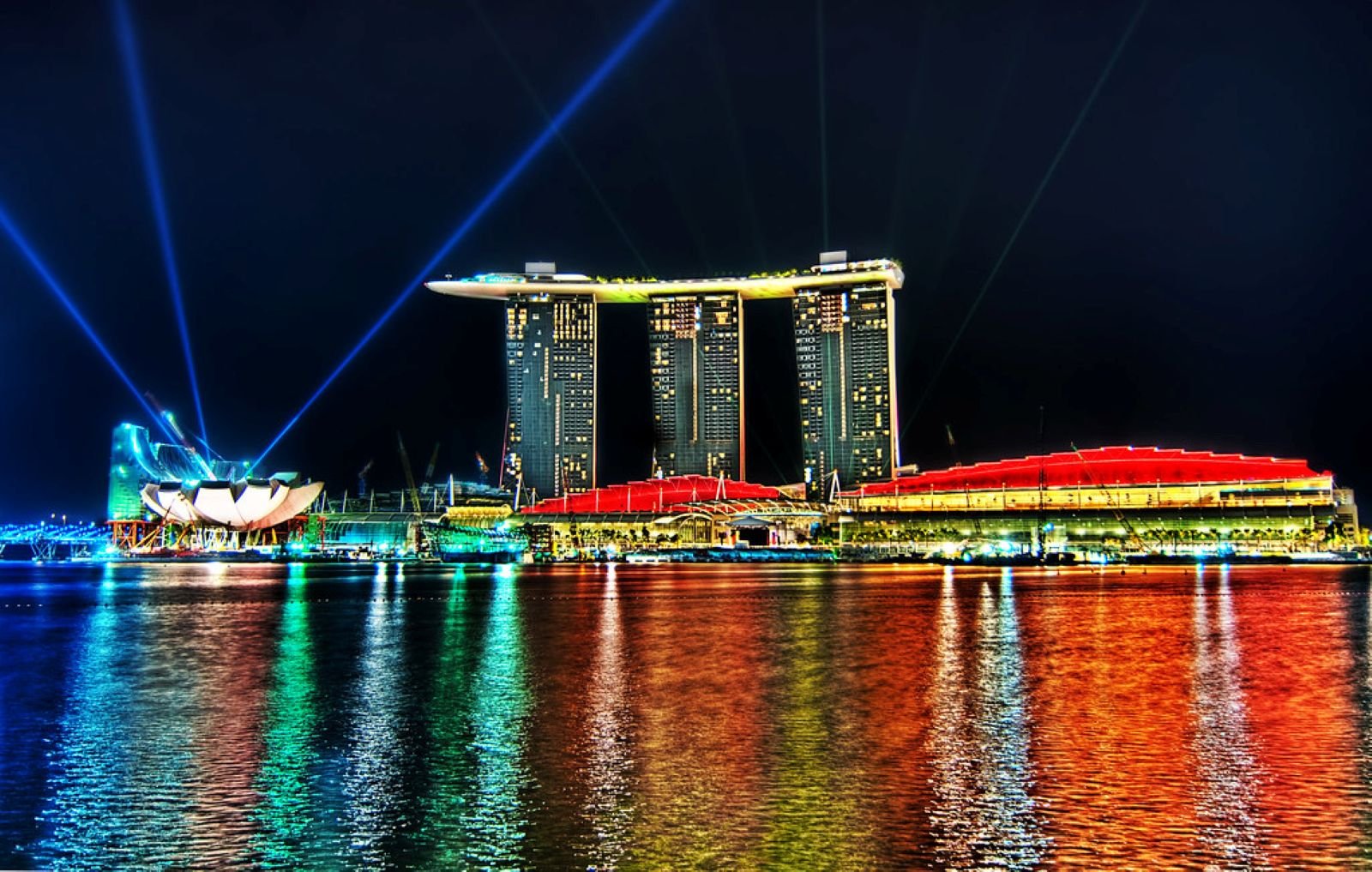
Discover the Historical Wonders of Singapore|A Journey Through Time
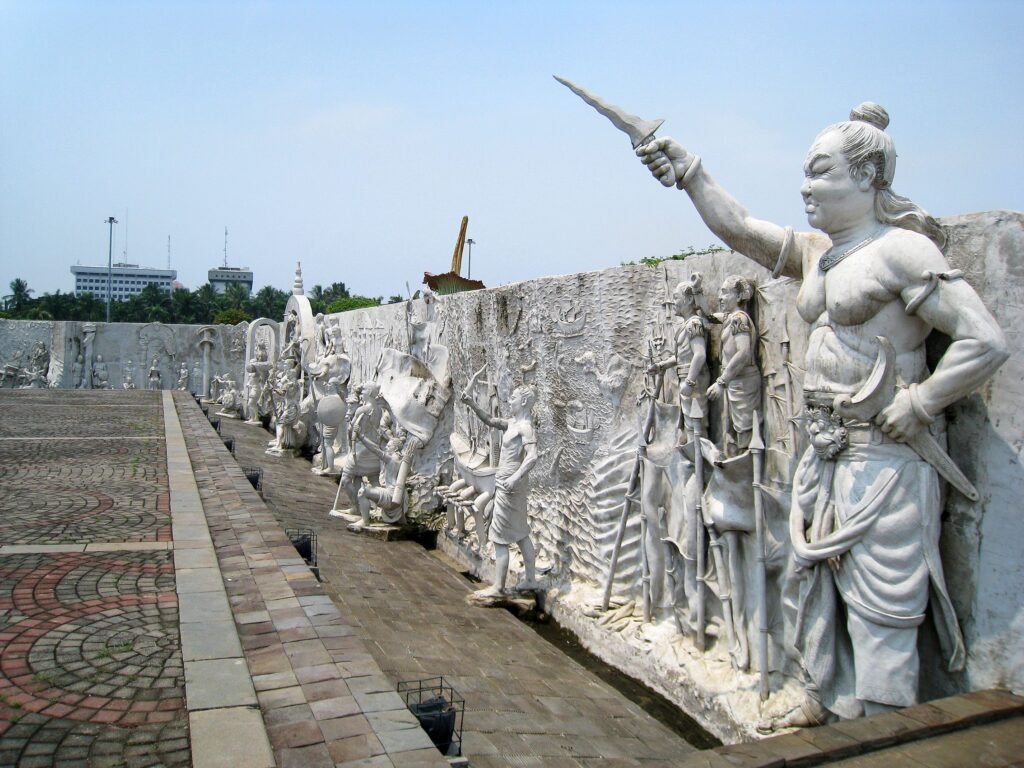
Singapore is a nation where history and modernity coexist in perfect harmony. From its colonial past to its rapid transformation into a global city, the island’s rich tapestry of historical landmarks tells stories of resilience, innovation, and cultural fusion. These sites are not just remnants of the past,they are living reminders of Singapore’s journey from a small fishing village to one of the world’s most dynamic cities.
In this article, we’ll take you on an unforgettable tour of Singapore’s most significant historical wonders. Whether you’re fascinated by ancient temples, intrigued by World War II relics, or captivated by the grandeur of colonial architecture, these destinations promise to deepen your appreciation for the country’s storied past. So lace up your walking shoes, pack your curiosity, and let’s embark on this journey through time!
Table of Contents:
We’ll also include practical tips for travelers, internal links to relevant pages on TravelGoEasy, and external resources for further exploration.
1. Fort Canning Hill: Where History Meets Nature
Once known as “Bukit Larangan” (Forbidden Hill), Fort Canning Hill has played a pivotal role in shaping Singapore’s history. This verdant hilltop served as the seat of power for ancient rulers, British colonial administrators, and even military strategists during World War II.
Why Visit Fort Canning Hill?

Uncover artifacts dating back to the 14th century when Singapore was part of the Majapahit Empire.
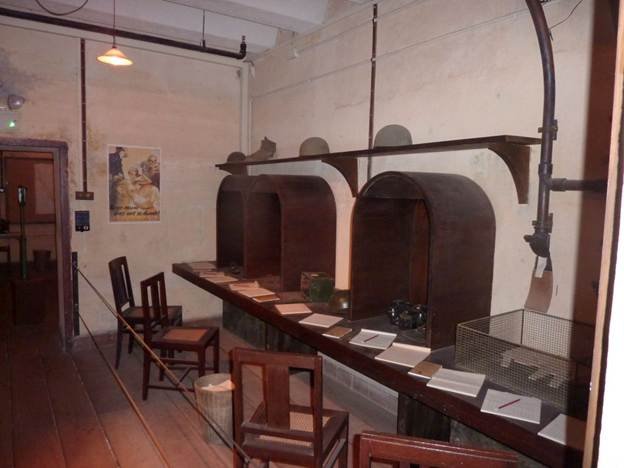
Explore the underground command center used by the British during the Malayan Campaign.
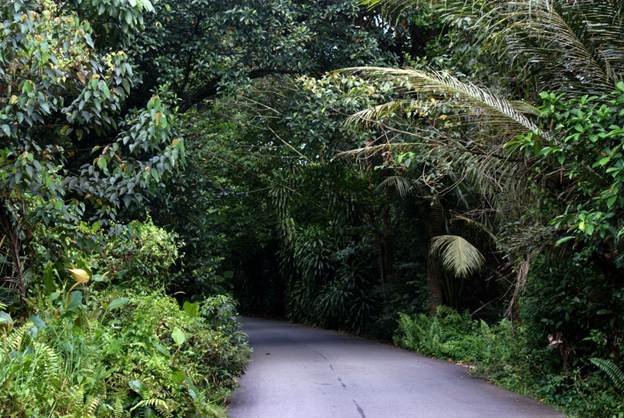
Enjoy lush greenery and scenic views while learning about the area’s historical significance.
My Personal Experience:
Walking through Fort Canning Park felt like stepping into a history book. At every turn, there were plaques explaining events that shaped Singapore’s destiny—like Stamford Raffles’ arrival or the fall of Singapore during WWII.
Getting There:
The nearest MRT station is Dhoby Ghaut, followed by a short walk uphill. Alternatively, take buses such as No. 7 or No. 9 to reach the park entrance.
Pro Tip: Wear comfortable shoes and bring water, as some trails can be steep. For more historical insights, visit our Historical Wonders page .
2. Raffles Landing Site: The Birthplace of Modern Singapore
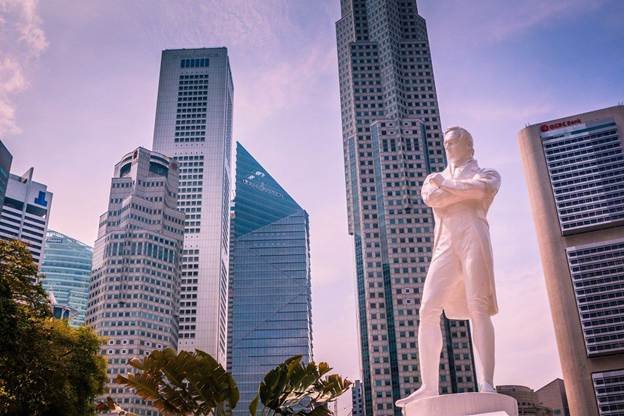
Marking the spot where Sir Stamford Raffles first set foot on Singaporean soil in 1819, the Raffles Landing Site is considered the birthplace of modern Singapore. Located along the Singapore River, this monument commemorates the founding of the trading port that would eventually become a thriving metropolis.
Key Features of Raffles Landing Site
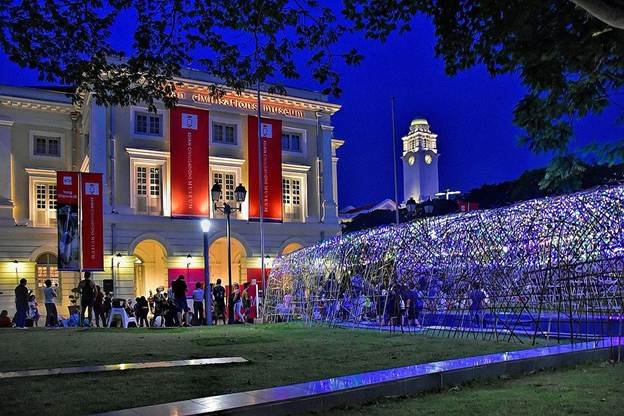
Dive deeper into Singapore’s multicultural heritage with exhibits showcasing artifacts from China, India, and Southeast Asia.
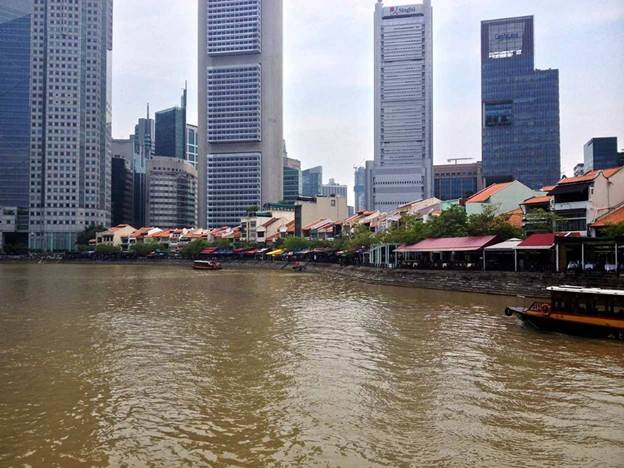
Stroll along the riverside promenade lined with restored shophouses now housing cafes, bars, and restaurants.
Fun Fact:
Did you know that the original wooden statue of Raffles was replaced by a bronze replica in 1972? The old version resides inside the museum today.
Practical Tips:
Visit early in the morning to avoid crowds and enjoy picturesque views of the river under soft sunlight.
History Buff Alert: To learn more about Singapore’s colonial era, explore our Cultural Experiences page .
3. Battle Box: Reliving World War II
Highlights of Battle Box

Learn about decision-making processes leading up to Singapore’s surrender in 1942.
Personal Reflection:
Stepping into the Battle Box felt surreal. Each room told a different chapter of the war story, making me realize how close we came to losing everything.
Accessibility:
Book tickets online in advance, as entry is limited to guided tours only. The nearest MRT station is Dhoby Ghaut.
War History Spotlight: Find more WWII-related sites on our Hidden Gems page .
4. Chinatown Heritage Center: A Glimpse Into Immigrant Life

Nestled within three beautifully restored shophouses, the Chinatown Heritage Center offers a poignant look at the lives of Chinese immigrants who settled in Singapore during the late 19th and early 20th centuries. Through vivid recreations and personal stories, the center paints a vivid picture of hardship, hope, and perseverance.
What Makes the Chinatown Heritage Center Unique?
Insider Tip:
Don’t miss the rooftop terrace, which offers panoramic views of Chinatown’s colorful streets below.
How to Get There:
Take the MRT to Chinatown Station and walk five minutes to the center. Guided tours last approximately one hour.
Cultural Insight: For more information about Chinatown’s vibrant history, check out our Cultural Experiences page .
5. Sultan Mosque: A Symbol of Malay Heritage

As one of Singapore’s most iconic religious landmarks, Sultan Mosque represents the heart of the Malay community. Its golden domes and intricate minarets dominate the skyline of Kampong Glam, inviting visitors to explore its spiritual and cultural significance.
Reasons to Visit Sultan Mosque
Fun Fact:
The mosque underwent extensive renovations in the 1990s, incorporating state-of-the-art technology while preserving its original charm.
Practical Advice:
Dress modestly and remove your shoes before entering. Photography is allowed but should be respectful of worshippers.
Religious Sites Guide: Discover other important places of worship on our Nature & Wildlife page —yes, spirituality often intersects with nature too!
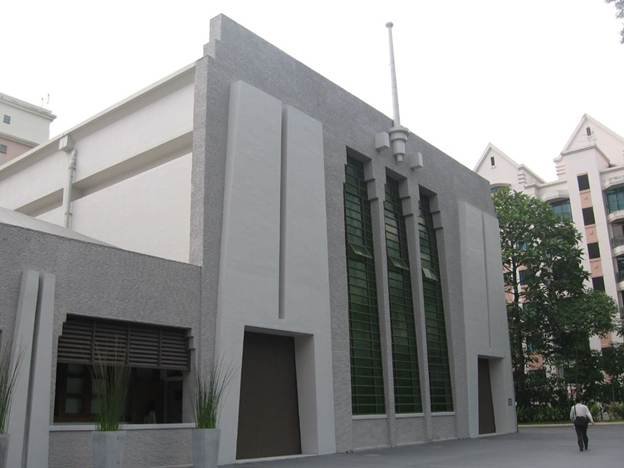
Now home to the National Archives of Singapore, the Former Ford Factory holds a somber yet significant place in history. It was here that British forces officially surrendered to Japanese troops in February 1942, marking the largest defeat in British military history.
What to Expect at Former Ford Factory (H3)
Conservation Efforts:
Efforts are ongoing to preserve the site’s integrity while enhancing public access through digital archives and virtual tours.
Directions:
Located near Upper Bukit Timah Road, the factory is accessible via bus services such as No. 67 or No. 170. Free parking is available on-site.
Historical Context: Read more about Singapore’s WWII history on our Historical Wonders page .

Often referred to as Singapore’s largest open-air museum, Bukit Brown Cemetery houses tens of thousands of graves belonging to pioneers, merchants, and artists who helped shape the nation. Walking among these tombstones feels like wandering through a gallery of untold stories.
Why Visit Bukit Brown Cemetery? (H3)
Environmental Focus:
Conservation efforts aim to balance urban expansion with preservation of this historic site. Advocacy groups work tirelessly to document and protect gravesites.
Access Information:
From Lornie Road, follow signs leading to the cemetery. Prior arrangement may be required due to ongoing conservation projects.
Heritage Spotlight: Stay updated on preservation initiatives by visiting our Hidden Gems page .

Standing proudly in the Civic District, the Old Supreme Court & City Hall buildings represent two pillars of Singapore’s judicial and administrative history. Now transformed into the National Gallery Singapore, they continue to inspire awe with their majestic facades and grand interiors.
Must-See Features of Old Supreme Court & City Hall (H3)
Architectural Marvel:
Designed by British architects Frank Dorrington Ward and Denis Santry, these structures exemplify classical European architectural styles adapted to tropical climates.
Getting Around:
The nearest MRT station is City Hall. Entrance fees apply for special exhibitions; discounts are available for students and seniors.
Art & History Fusion: Learn more about Singapore’s artistic heritage on our Cultural Experiences page .
Conclusion: Celebrating Singapore’s Rich Legacy
From ancient monuments to modern museums, Singapore’s historical wonders offer endless opportunities to connect with the past. These sites remind us of the struggles, triumphs, and innovations that have defined this remarkable city-state. By exploring them, we honor the generations who came before us and ensure their stories endure for future visitors.
Stay tuned for more exciting content on TravelGoEasy, and don’t forget to share your adventures with us! Happy travels—and may history always inspire your journeys.